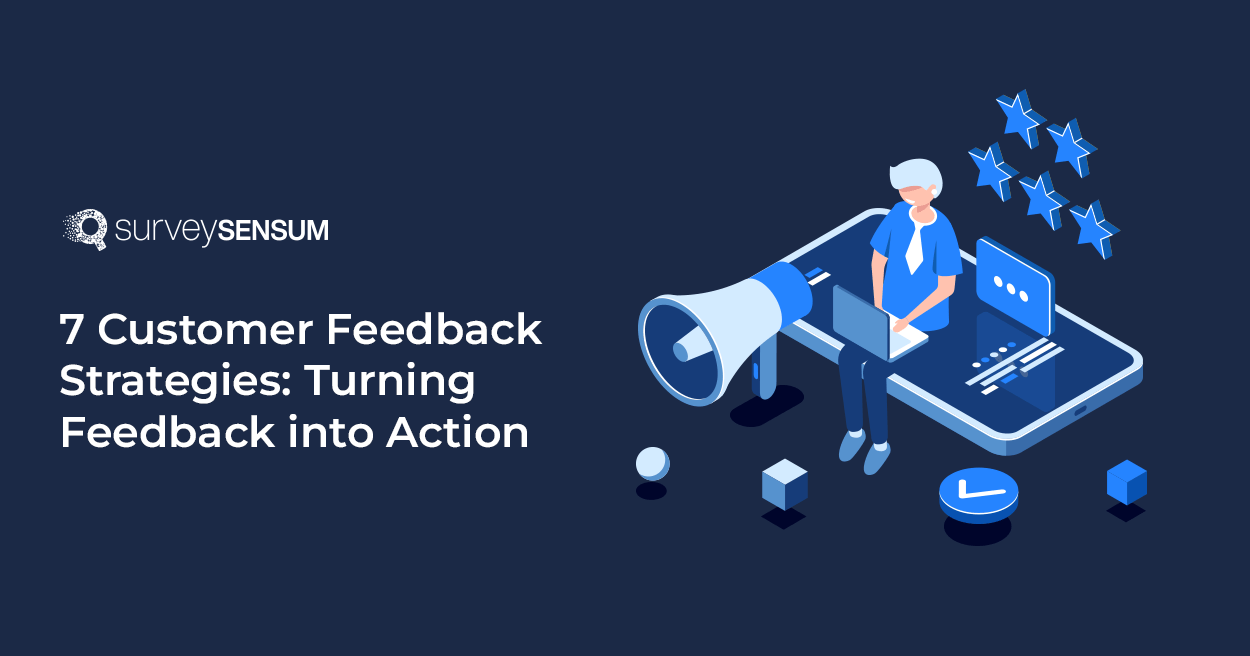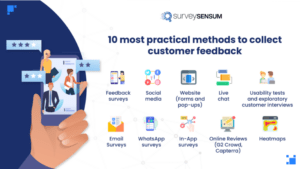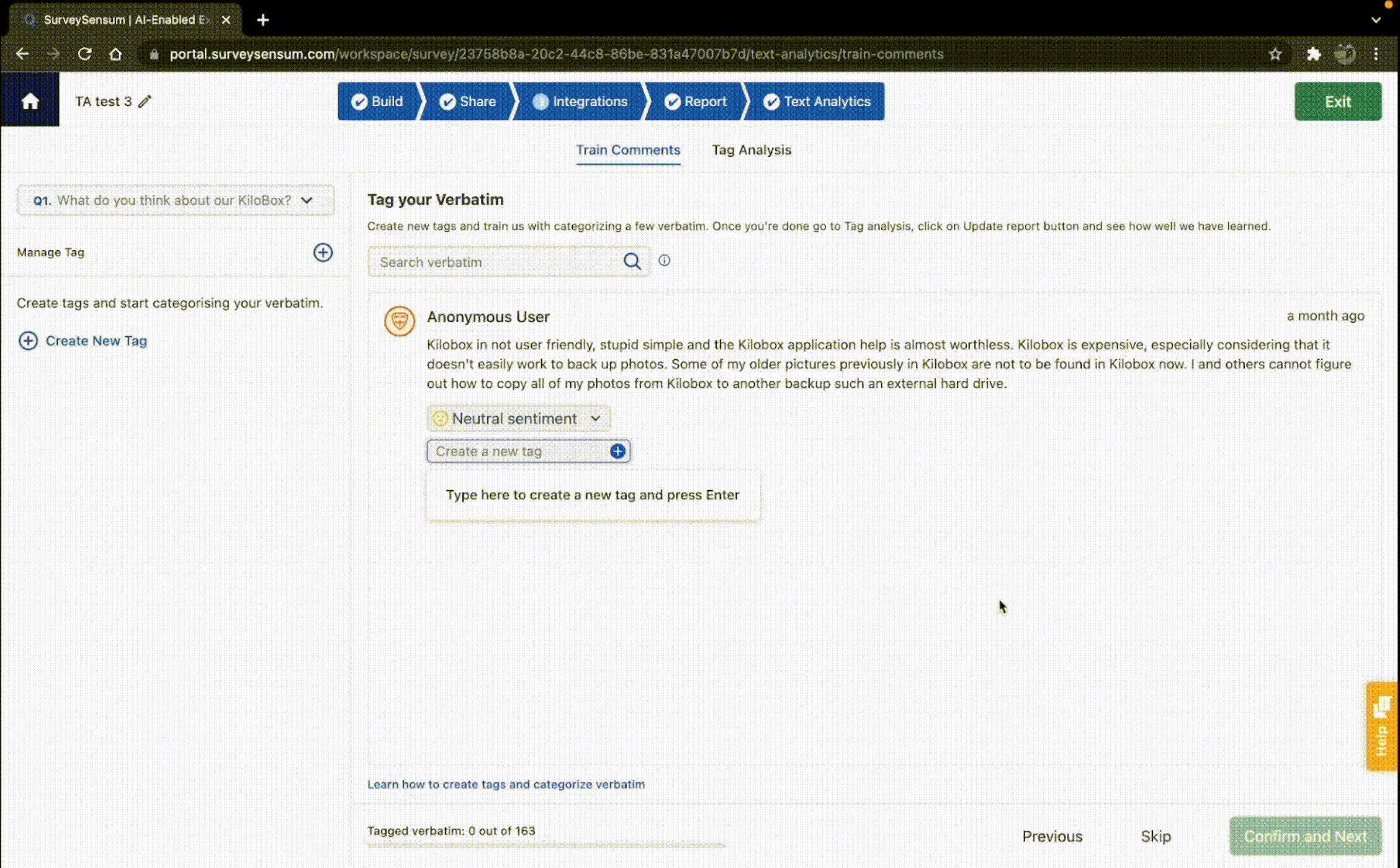9 Ways to Improve NPS Response Rates
Read More

Have you ever felt lost in a heap of survey responses, wondering how to make them work for your business? Collecting customer feedback is one thing, but understanding how to use it can take time and effort.
Well, you are not alone! Many businesses gather feedback but need help figuring out what to do next. Even after accessing the right customer feedback tool, they need help analyzing the feedback and taking necessary action.
The result? Customers start to feel like their opinions don’t matter, and when they don’t see any changes, they quietly leave.
But you don’t want this to happen to your business, right? So, how do you make sense of all this customer feedback and transform it into actionable improvement?
It’s time for a plan! Let’s make those feedbacks super useful by turning them into actions.
Here, we’ve got six simple strategies that’ll help your surveys work wonders for your business. Ready to dive in and make your feedback count? Let’s go!
Strategy 1: Establishing a Customer Feedback Culture
Strategy 2: Collecting Feedback from Diverse Channels
Strategy 3: Analyzing and Prioritizing Feedback
Strategy 4: Prioritizing the Customer Complaints/ Trends
Strategy 5: Turning Feedback into Actionable Plans
Strategy 6: Communicate the Actions Taken to the Customers
Creating a customer feedback strategy culture means making everyone in the company see how important it is to listen to customers. That involves:
By doing these things, your organization can foster a customer-centric culture that not only helps boost customer satisfaction and loyalty but directly impacts the organization’s growth.

Why is gathering feedback from different places important when asking people about something, like a product or service?
The answer is clear – your customers are everywhere. They’re not just sending emails or making phone calls; they’re reaching out on social media, leaving reviews, and using various channels to connect with you.
So, by gathering feedback from all these different places, you get a wider understanding of what people think.
It’s like putting together puzzle pieces—each piece (or channel) gives you a bit of the picture, and when you combine them, you see the whole thing better.
Here are some best practices to make use of omnichannel feedback in the most lucrative way:
By tapping into these different channels, you’re not just hearing from one type of customer; you’re getting a plethora of opinions and ideas.
Gathering the feedback in one place is one part of the job, the struggle however starts when you have to analyze that feedback!
Well, tools like ‘SurveySensum’s Text Analytics’ are the key here!
Gather feedback via ‘Feedback Tool’ or ‘Upload all previous responses’ on the platform and hit ‘Text Analytics’. You will get top trends and sentiments from thousands of uploaded feedback in just a few seconds.

For example, imagine you receive thousands of comments and messages from users about your app or service. This tool swiftly sifts through this vast amount of open-ended feedback. It then categorizes these responses by creating tags and identifies common patterns and themes within them.
Now that you’ve analyzed the feedback, the challenge is to prioritize it.
Analyze Customer Feedback with Text Analytics
Effectively prioritizing customer complaints and trends is essential for addressing critical issues and improving overall customer satisfaction. And it’s a challenge faced by many.
Here’s a strategy to prioritize and manage customer feedback:
By implementing this prioritization strategy, businesses can effectively manage customer complaints and trends, focusing resources on addressing the most impactful issues and continuously improving the overall customer experience.
Turning feedback into actionable plans involves making practical changes based on what customers are looking for.
But how would you do it? By following these steps:
For instance, if the checkout link is broken, ask your team to fix it fast to refrain the customers from bouncing back.
Following these steps create a comprehensive feedback loop. Clear action plans provide a roadmap for improvement, assigning ownership ensures accountability and effective communication keeps stakeholders informed and engaged.
How will the customers know if you are even listening to their feedback?
That’s why they see some results or changes, and YOU need to INFORM them of it.
Effective communication of the actions taken is a crucial step in maintaining transparency and building trust with customers.
Here are some tips to effectively communicate with the customers:
With these tips, businesses can effectively communicate the actions taken to customers, fostering transparency, trust, and a sense of partnership in the continuous improvement journey.
Measuring the impact of feedback actions is like keeping a score on how well your changes are working.
Follow these steps to measure the impact of feedback actions:
In short, keep refining your strategies based on what the data reflects.
So, these are the 7 customer feedback strategies that help you turn your feedback into action and meet customers’ expectations.
As you learned, turning customer feedback into action isn’t just about collecting opinions; it’s about making real changes that benefit both your customers and your business.
By establishing a customer feedback culture, collecting diverse feedback, analyzing it smartly, and turning insights into action plans, you’re on the right path toward your business’ success. Keep listening, adapting, and improving—your customers will notice the difference. It’s time to turn feedback into your secret weapon for success!
If you’re aiming to upgrade your feedback approach and improve your business, SurveySensum is here to assist you. This platform helps collect, analyze, and act on crucial customer insights.
